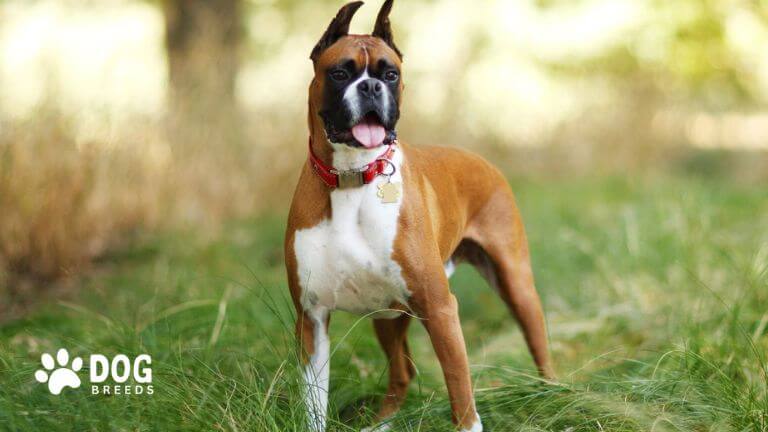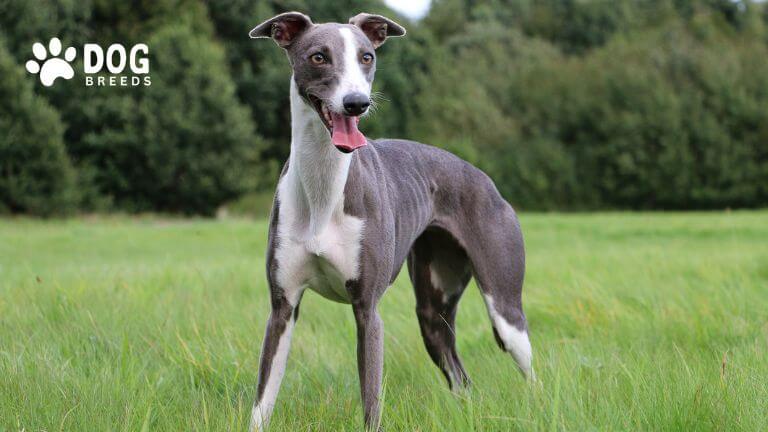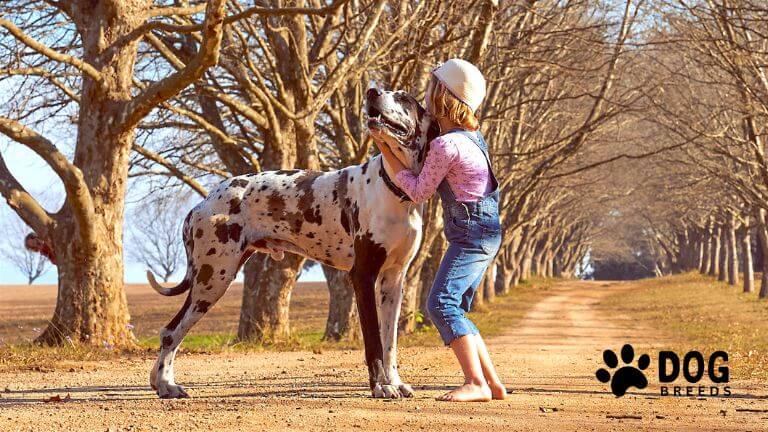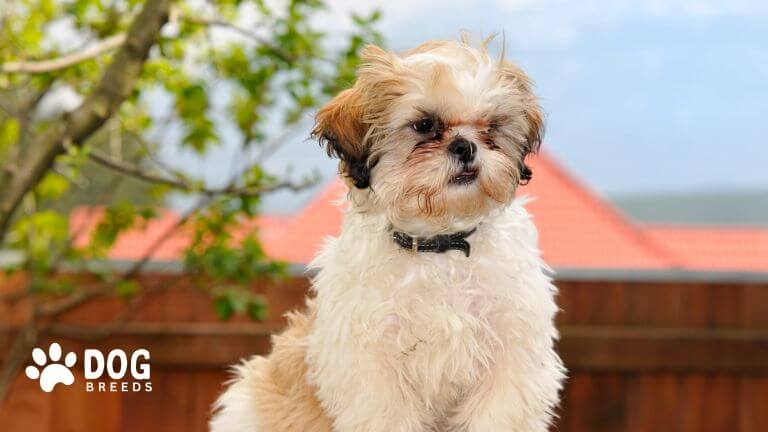Boxer Dog Breed: Traits, Care, and Complete Guide
The Boxer is a beloved and popular dog breed known for its athletic build, affectionate nature, and boundless energy. Whether you’re a first-time dog owner or a seasoned pet enthusiast, the Boxer offers a unique blend of charm, loyalty, and playfulness that makes it an ideal companion. This guide will walk you through everything you need to know about the Boxer, from its history to its care requirements, ensuring you have all the information needed to decide if this breed is right for you.
Boxer Dog Breed Overview

| Breed Name | Boxer |
| Origin | Germany |
| Group | Working Group |
| Size | Medium to Large |
| Height | 21.5 to 25 inches (55-63.5 cm) |
| Weight | 50 to 80 pounds (22-36 kg) |
| Lifespan | 10 to 12 years |
| Coat Type | Short, smooth, and shiny |
| Coat Colors | Fawn, brindle, with or without white markings |
| Temperament | Loyal, playful, intelligent, protective |
| Energy Level | High |
| Exercise Needs | 1-2 hours daily |
| Grooming Needs | Low; occasional brushing |
| Common Health Issues | Hip dysplasia, heart conditions, cancer |
| Family Suitability | Excellent with families and children |
| Training Difficulty | Moderate; needs consistent, firm training |
| Special Traits | Distinctive “boxing” play style, expressive face |
The Boxer is a medium-to-large working breed originally developed in Germany. Its muscular build, square-shaped head, and expressive face with dark, soulful eyes make it instantly recognizable. With a short, smooth coat that comes in colors like fawn, brindle, and white, the Boxer is both striking and low-maintenance in appearance. Typically, Boxers weigh between 50-80 pounds and have a lifespan of 10-12 years.
Boxer History and Background
The Boxer traces its roots back to Germany in the late 19th century. Its ancestors include the now-extinct Bullenbeisser, a powerful hunting dog, and the English Bulldog. Initially bred for hunting and guarding, the Boxer soon gained popularity as a working dog due to its intelligence, strength, and loyalty. Over time, its playful and affectionate nature made it a cherished family companion. The breed was officially recognized by the American Kennel Club (AKC) in 1904 and has since remained a favorite in households worldwide.
Boxer Appearance and Physical Traits
The Boxer’s physical appearance is a testament to its athletic prowess. This breed has a broad chest, strong legs, and a compact, muscular frame. Its short muzzle and slightly upturned nose give it a brachycephalic (flat-faced) look, which is both endearing and distinctive. The ears are often cropped (where legal), though many owners prefer the natural floppy look. The coat is sleek, requiring minimal grooming, and the tail is often docked.
Boxer Temperament and Personality
Boxers are renowned for their playful, loyal, and protective nature. They form strong bonds with their families and are particularly good with children, making them excellent family pets. Boxers are highly intelligent and enjoy mental challenges, though their high energy levels mean they require consistent training and engagement. They are naturally protective and alert, which makes them effective watchdogs. Despite their guarding instincts, Boxers are friendly and sociable, thriving in homes where they receive ample attention.
Boxer Health and Lifespan
The Boxer, like all breeds, has some health considerations. Common issues include:
- Hip Dysplasia: A condition where the hip joint doesn’t fit properly.
- Heart Conditions: Such as aortic stenosis and cardiomyopathy.
- Cancer: Boxers are prone to certain cancers like mast cell tumors.
- Brachycephalic Syndrome: Their short snouts can cause breathing difficulties.
- To ensure a healthy Boxer, regular veterinary check-ups, a balanced diet, and proper exercise are essential. On average, Boxers live 10-12 years.
Training and Exercise Needs
Boxers are intelligent and eager to learn but can be strong-willed. Positive reinforcement training methods work best. Early socialization is crucial to prevent behavioral issues and ensure they are well-adjusted around other animals and people. Exercise is vital for this energetic breed; they need at least 30-60 minutes of physical activity daily, including walks, playtime, or agility training.
Dietary Requirements
A Boxer’s diet should support an active lifestyle. High-quality dog food rich in protein, healthy fats, and essential vitamins is crucial. Divide their meals into two or three portions daily to prevent bloating, a condition Boxers can be prone to. Treats should be given in moderation, and freshwater must always be available.
Grooming and Maintenance
Boxers are low-maintenance when it comes to grooming. Their short coat only requires weekly brushing to remove loose hair and maintain a healthy shine. Bathing should be done as needed, usually every 6-8 weeks. Regular nail trimming, ear cleaning, and dental care are also important to keep your Boxer in optimal condition.
Compatibility
Boxers adapt well to various living environments, from apartments to large homes, provided they receive enough exercise and mental stimulation. They are friendly with other pets, especially if raised together, though early socialization helps prevent any territorial tendencies.
Interesting Facts about Boxers
- Boxers got their name from their playful habit of using their front paws, resembling a boxer in the ring.
- They served as messenger dogs during World War I and II.
- Boxers are known for their unique “kidney bean dance,” a joyful twist they perform when excited.
Final Thoughts: Is a Boxer Right for You?
Boxers are a wonderful choice for active families who can meet their physical and mental needs. Their loyalty, playfulness, and affectionate nature make them a joy to have around. However, they require consistent training, regular exercise, and a loving home environment to thrive. By understanding the Boxer’s needs and characteristics, you’ll be well-prepared to provide the care and attention they deserve.
If you’re looking for a loyal, energetic, and loving companion, the Boxer might be the perfect dog for you.
- Why Are Dalmatians Not Popular? Uncovering the Truth Behind the Rarity of This Iconic Breed - April 16, 2025
- Top 15 Chinese Dog Breeds: Discover the Best Dogs from China - April 14, 2025
- Dalmatian Dog Breed: History, Care, Personality & Health - April 3, 2025







